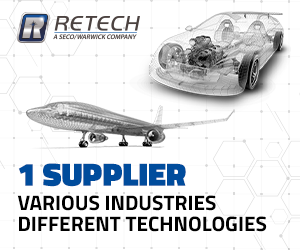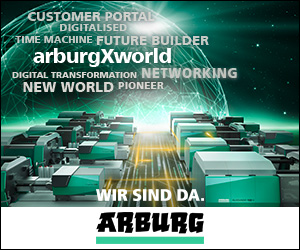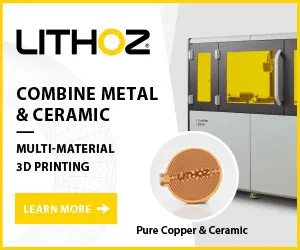JPMA Award Winners 2015
Development prize: New materials
An austenitic high heat and wear resistant sintered material for a turbocharger application
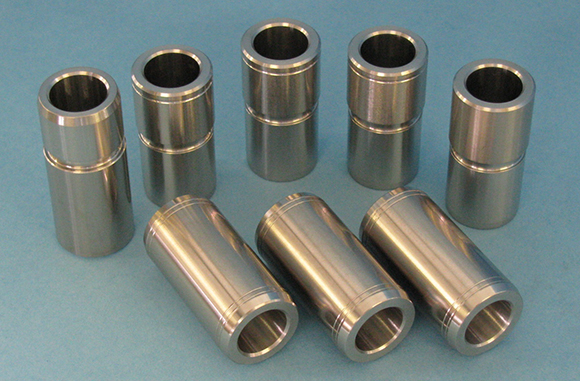
Material with excellent heat and wear resistance for use in turbocharger valve bushings (Courtesy JPMA)
Hitachi Chemical Co. Ltd. received an award for the development of an austenitic sintered material with excellent heat and wear resistance and for use in the valve bushing in a turbocharger. The usage of turbocharger in vehicles has been increasing recently. Turbochargers have conventionally been used in diesel engine vehicles, but their usage has now also been expanding in gasoline engines. Since the exhaust gas temperatures in gasoline engines are higher than those in diesel engines, austenitic materials tend to be used as turbocharger parts because of their superior heat resistance. To respond to these requirements a new austenitic sintered material with higher wear resistance has been developed.
The technical success of this material rests on the condition of the dispersion of carbides, introduced for wear resistance improvement. On increasing the amount of carbide through an increase in the carbon content, wear resistance can be improved but deterioration of oxidation resistance also occurs because of the lower Cr content in the matrix. On the other hand, it was found that finer carbide could improve wear resistance without oxidation resistance deterioration. Therefore, this technology has been applied in the developed material. As a result, an austenitic sintered material, which was superior in heat and wear resistance to the products of alternative processes, was developed. The developed material has proved to be successful in penetrating the market for turbocharger bushings for gasoline engines.
Ferrous sintered bearing material with high permeability and oil content
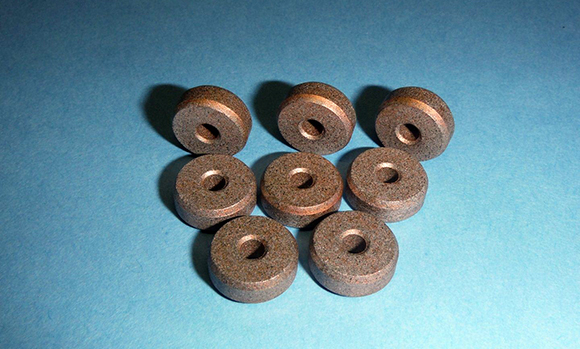
This ferrous bearing material has high permeability and oil content (Courtesy JPMA)
Hitachi Chemical Co. Ltd. received an award for the development of a ferrous bearing material that has highly permeability and oil content and that has already been used in printer head driving motors. It is suitable for applications, which are difficult for oil impregnated sintered bearings to generate an oil film effect through a pumping action.
Because of both a short operating time and a reversible rotation, the printer head driving motor is one of the most difficult applications, in which to obtain an oil film effect. Copper materials, which have high self-lubricity, were thought to be superior for such applications, but the development of a ferrous material was pursued in order to offer a less expensive bearing for the application.
Increasing the oil supply ability of a bearing material is important in achieving an oil film effect under the usage conditions referred to above. Therefore, increasing permeability and oil content were deemed to be the solution and these can be achieved by lowering density. However, lower density has a deleterious influence on productivity through poor green strength. Additionally, a material was required that had similar self-lubricity to a copper material for product reliability.
The developed material achieved five times higher permeability than a conventional ferrous material, which has 80% density ratio. The green strength was maintained at a level equal to that of the conventional material by using both sponge iron powder and a new compaction lubricant. As a result, a ferrous bearing material, which can be used in difficult conditions for achieving an oil film effect, was developed and was successfully adopted in printer head driving motors.
Development prize: Process
Development of a high-density sprocket for automobile engines made by die wall lubrication and compaction at room temperature
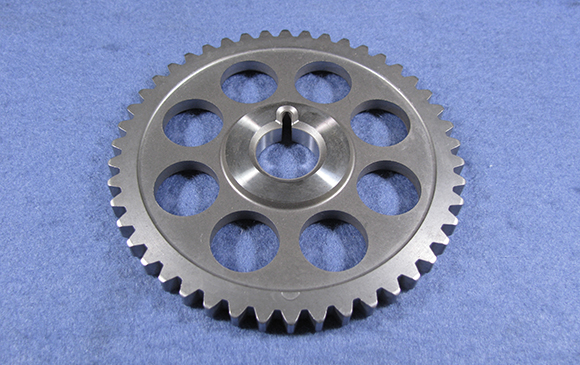
Die wall lubrication in compaction makes it possible to achieve high density without additional manufacturing processes (Courtesy JPMA)
Hitachi Chemicals Co. Ltd, received a prize for this development, which relates to die wall lubrication in compaction and which makes it possible to achieve high density without additional manufacturing processes. The developed technology realised products with densities of 7.5 Mg/m3 and higher shape complexity, whilst eliminating the compacting speed rate-determining step in the lubricant coating process.
In lubricant coating using the conventional spray method, reduction of compacting speed and the ability to respond to the incorporation of lightening holes were challenges. To solve these problems, a new die wall lubrication compacting method was developed, in which coating of the lubricant is completed in the die operation cycle from ejection from the compacting process to return for filling, thereby achieving the same compacting speed as in conventional compacting. In addition, in the spray method, the die is generally heated for the purposes of increasing the adhesion between the die wall surface and a solid lubricant, or drying the solution of a solid-liquid mixed lubricant. The developed method makes it possible to obtain the desired product properties under a cold condition (room temperature) without heating the die.
Lubricating oil, which is supplied through the interior of the die, is coated uniformly on the die inner wall surface or side surface during die operation from the ejection position to return for filling. The coated lubricating oil functions as a release agent when the green compact is ejected after compacting and enables production of compacts with no galling. Furthermore, because dead space in the lubricant coating region, non-uniform lubricant coating due to concentration of the electrical field at convex shapes and other problems associated with the spray method do not occur, the developed method can respond easily to lightening holes and complex shapes.
As a result of this development, industrial production of high density sprockets with higher productivity in comparison with the tooth flank form rolling method and the conventional warm die wall lubrication compacting method was successfully demonstrated.






